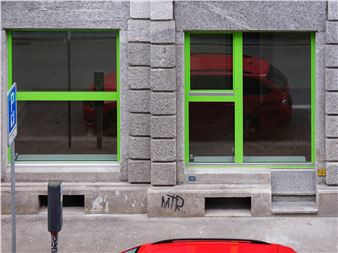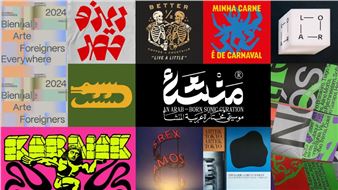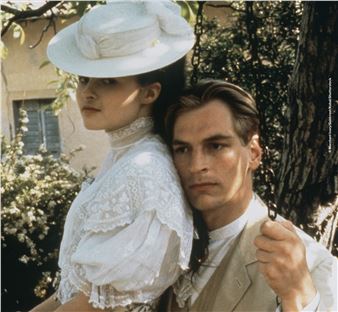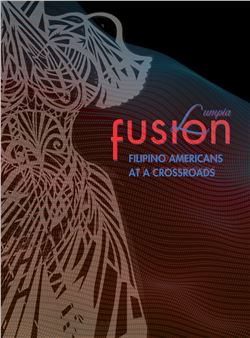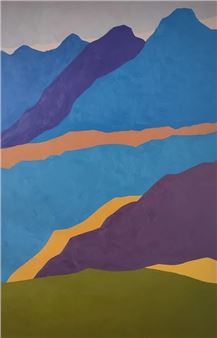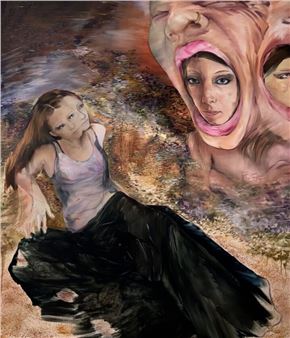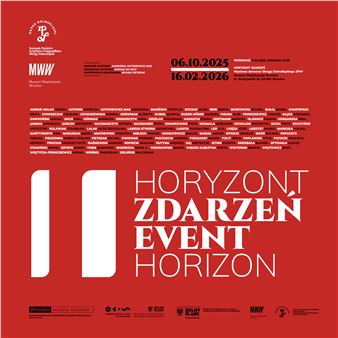Jerzy ёйҙЗІхҙЗЕӮҙЗ·ЙҫұіҰіъ: Alchemist
Today, exactly six decades after the publication of Theory of the Function of Form (1962), one of the most important texts by Jerzy ёйҙЗІхҙЗЕӮҙЗ·ЙҫұіҰіъ (1928вҖ“1982), these words sound almost like a prophecy вҖ“ a prophecy which, unfortunately, is coming true before our eyes. Environmental disasters and armed conflicts are intensifying and changing the reality to which we have become accustomed over the last few decades. In the face of this new situation of growing anxiety, can art still offer humanity a solution that will save us?
Practically throughout his entire artistic life, Jerzy ёйҙЗІхҙЗЕӮҙЗ·ЙҫұіҰіъ searched for a means to neutralise the potential damage caused to the world by deliberate human action. He claimed that the goal of his art was to recognise the conflicts and contradictions accompanying human activity. This was intended as a major task and the very fact that the WrocЕӮaw-based artist undertook it explains to some extent why, despite his вҖңquietвҖқ personality, ёйҙЗІхҙЗЕӮҙЗ·ЙҫұіҰіъ exerted such special influence on post-war Polish art. In particular, he persistently posed questions about who the artist is or should be and the role of artistic practice in relation to the contemporary world, which, as a result of human activity, is inevitably heading towards annihilation.
The exhibition at WrocЕӮaw Contemporary Museum is an opportunity to look at all manifestations of Jerzy ёйҙЗІхҙЗЕӮҙЗ·ЙҫұіҰіъвҖҷs creative practice, from his early works, such as the rarely analysed drawings, to Telehydrographics and Flowers вҖ“ his most recent sketches made for specific persons. Although formally diverse, all of them are connected by the artistвҖҷs deep reflection on the fate of humanity and his concern for our future existence. We can approach ёйҙЗІхҙЗЕӮҙЗ·ЙҫұіҰіъвҖҷs individual works as gifts that enable us to consider alternative ways of our individual and collective functioning.
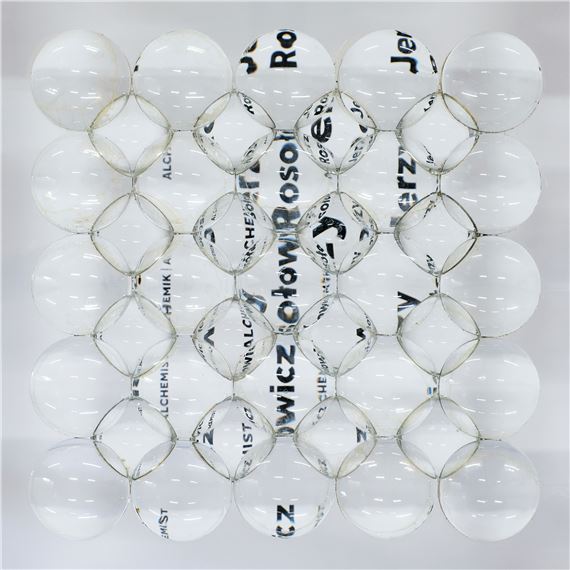
Recommended for you
Today, exactly six decades after the publication of Theory of the Function of Form (1962), one of the most important texts by Jerzy ёйҙЗІхҙЗЕӮҙЗ·ЙҫұіҰіъ (1928вҖ“1982), these words sound almost like a prophecy вҖ“ a prophecy which, unfortunately, is coming true before our eyes. Environmental disasters and armed conflicts are intensifying and changing the reality to which we have become accustomed over the last few decades. In the face of this new situation of growing anxiety, can art still offer humanity a solution that will save us?
Practically throughout his entire artistic life, Jerzy ёйҙЗІхҙЗЕӮҙЗ·ЙҫұіҰіъ searched for a means to neutralise the potential damage caused to the world by deliberate human action. He claimed that the goal of his art was to recognise the conflicts and contradictions accompanying human activity. This was intended as a major task and the very fact that the WrocЕӮaw-based artist undertook it explains to some extent why, despite his вҖңquietвҖқ personality, ёйҙЗІхҙЗЕӮҙЗ·ЙҫұіҰіъ exerted such special influence on post-war Polish art. In particular, he persistently posed questions about who the artist is or should be and the role of artistic practice in relation to the contemporary world, which, as a result of human activity, is inevitably heading towards annihilation.
The exhibition at WrocЕӮaw Contemporary Museum is an opportunity to look at all manifestations of Jerzy ёйҙЗІхҙЗЕӮҙЗ·ЙҫұіҰіъвҖҷs creative practice, from his early works, such as the rarely analysed drawings, to Telehydrographics and Flowers вҖ“ his most recent sketches made for specific persons. Although formally diverse, all of them are connected by the artistвҖҷs deep reflection on the fate of humanity and his concern for our future existence. We can approach ёйҙЗІхҙЗЕӮҙЗ·ЙҫұіҰіъвҖҷs individual works as gifts that enable us to consider alternative ways of our individual and collective functioning.

 ARTISTS
ARTISTS







